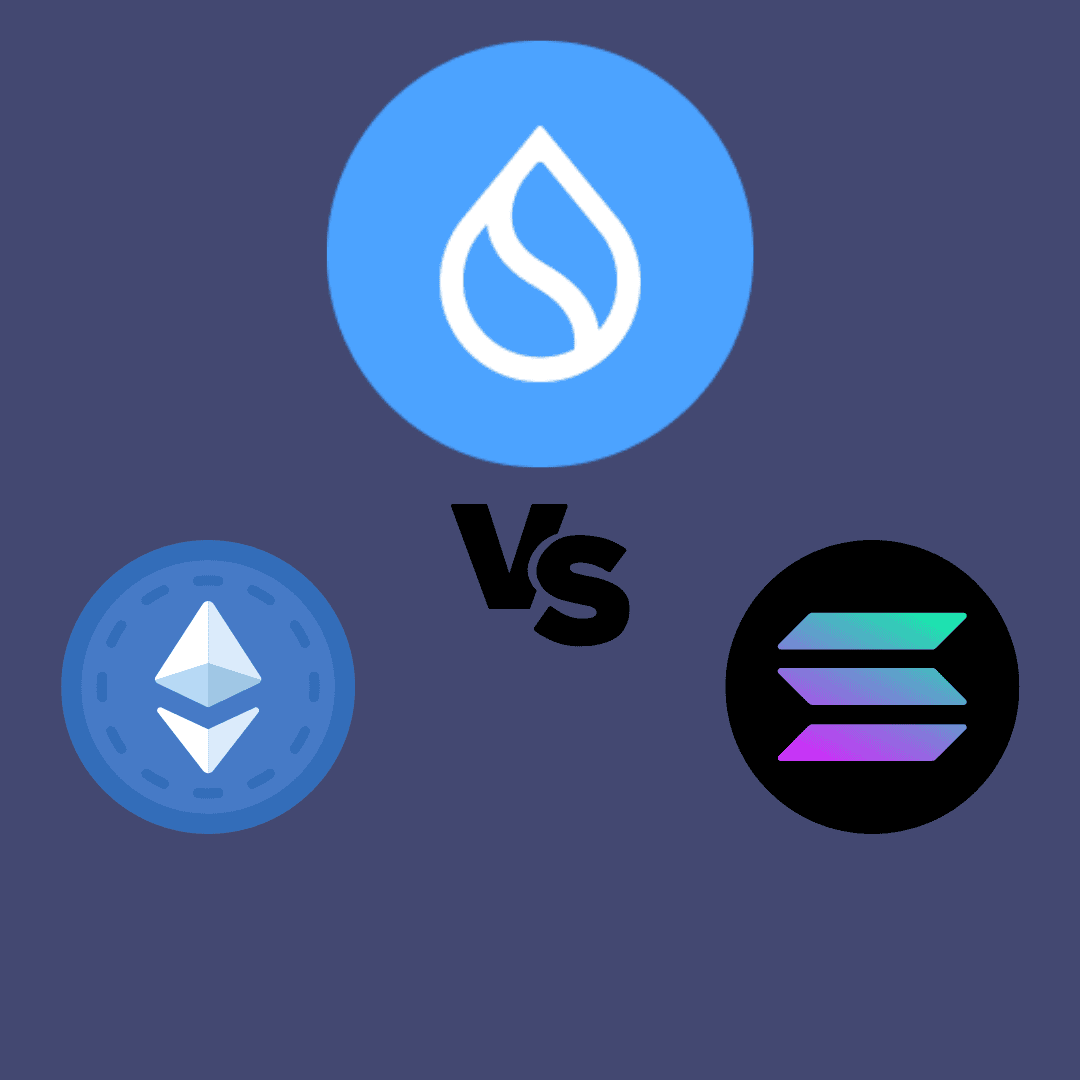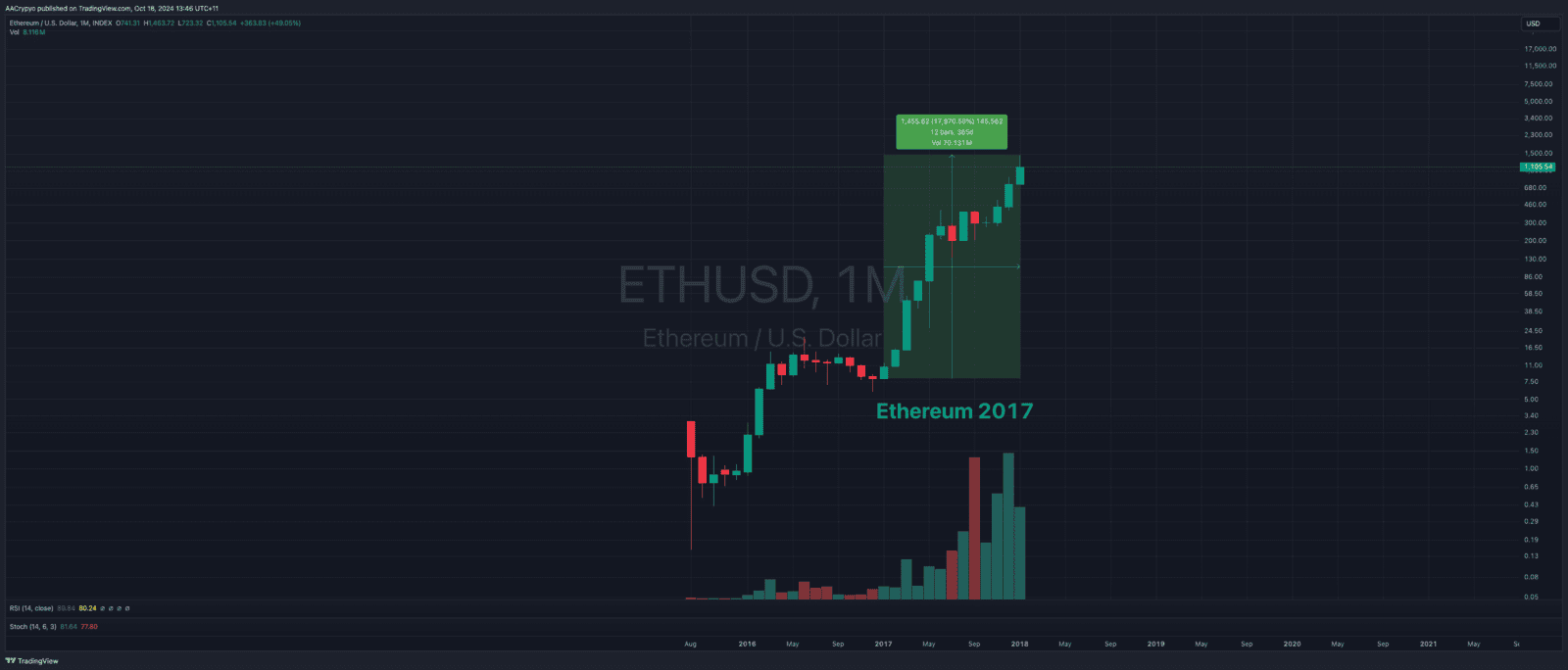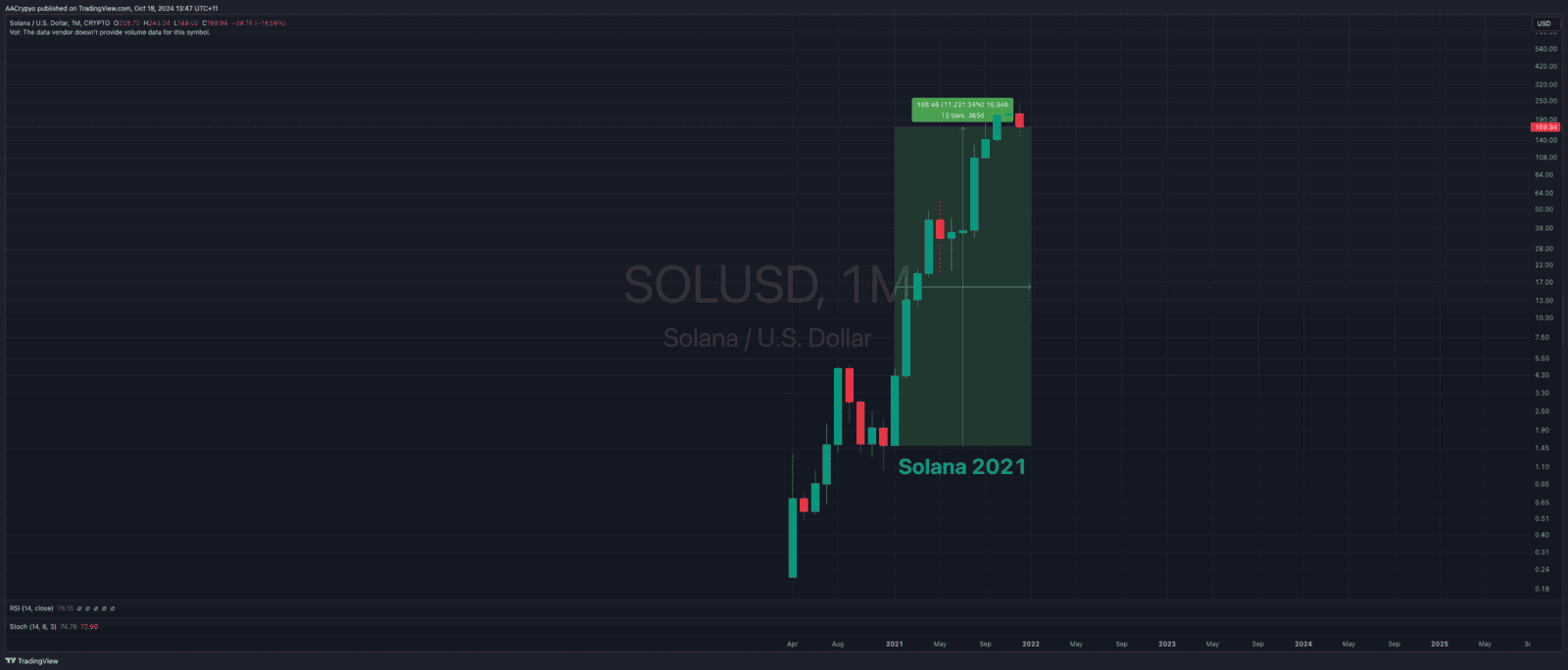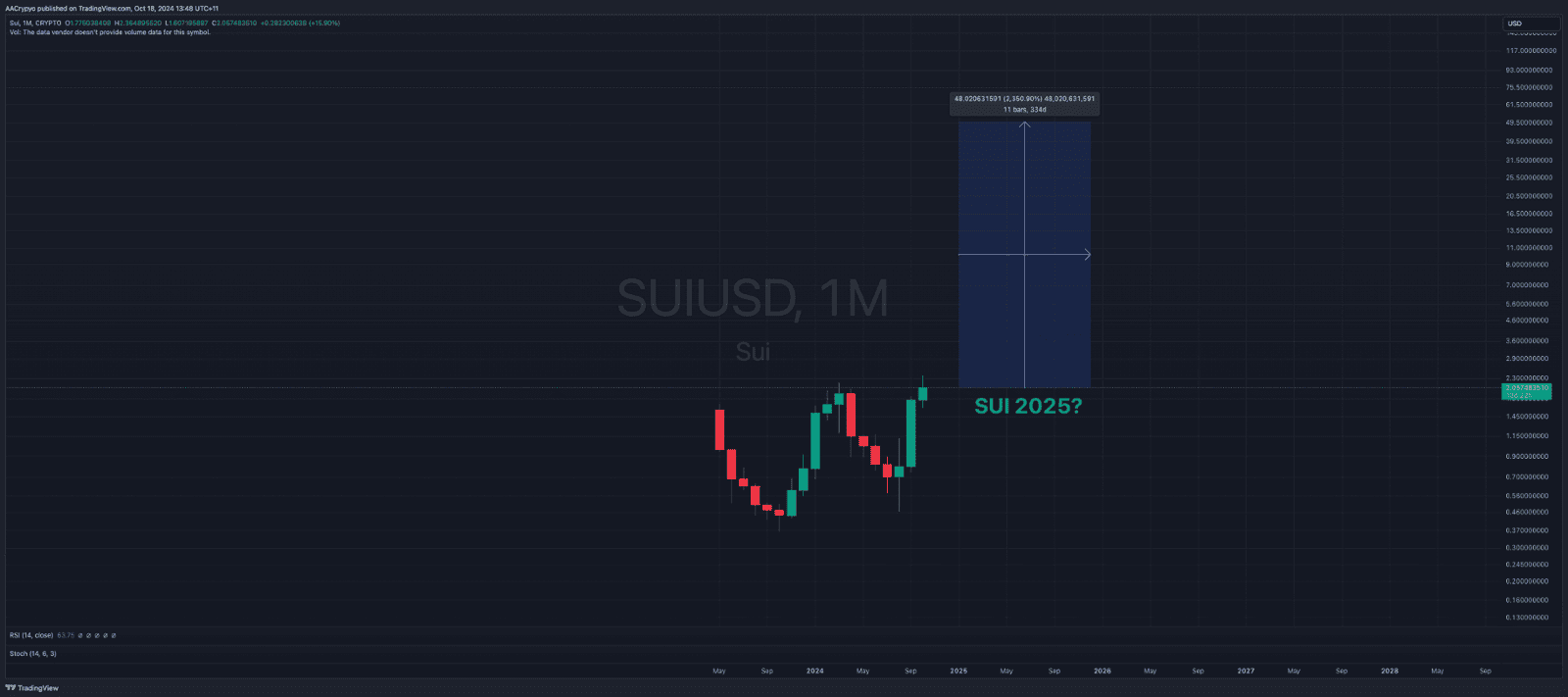Major Altcoins; Past, the Present and the Future?

Founders and Funding: Ethereum, Solana, and Sui's Paths
Technology: Ethereum’s Flexibility, Solana’s Speed, Sui’s Innovation
Tokenomics and Funding:
Performance Comparison: Ethereum’s 2017, Solana’s 2021, and Sui’s 2025?
Price Projections: Sui’s Potential Compared to Ethereum and Solana
- Ethereum reached a peak market cap of $560 billion during its 2021 bull run, while Solana peaked at $90 billion.
- Currently, Sui’s market cap sits at $5.5 billion, and its price is $2.
- At 25% of ETH's peak: Sui would need to increase by 2445.5% to reach $50.91.
- At 50% of ETH's peak: Sui would need to increase by 4991.0% to reach $101.82.
- At 100% of ETH's peak: Sui would need to increase by 10082.0% to reach $203.64.
- At 25% of SOL's peak: Sui would need to increase by 309.0% to reach $8.18.
- At 50% of SOL's peak: Sui would need to increase by 718.0% to reach $16.36.
- At 100% of SOL's peak: Sui would need to increase by 1536.5% to reach $32.73.
Total Transactions: Solana Leads, Sui Rises, Ethereum Falls Behind
- Solana processed 1.8 billion transactions, maintaining its lead as the go-to network for memecoins and high-speed applications. (source: https://messari.io/project/solana/network-metrics )
- Sui follows with 1 billion transactions, steadily rising in popularity due to its fast and affordable network. (source: https://suiscan.xyz/mainnet/analytics/transactions )
- Ethereum, limited by high gas fees, handled just 33.1 million transactions, making it too costly for many developers and projects. (source: https://messari.io/project/ethereum/network-metrics )
Written by Alexandar Artis
Create a brokerage account today
Reach out to us at Stormrake for further market insight and allow us to help you navigate the sea of mania and laser-eye memes, so that you can realise your goals in the market!
No Advice Warning
Disclaimer
All statements made in this newsletter are made in good faith and we believe they are accurate and reliable. Stormrake does not give any warranty as to the accuracy, reliability or completeness of information that is contained here, except insofar as any liability under statute cannot be excluded. Stormrake, its directors, employees and their representatives do not accept any liability for any error or omission in this newsletter or for any resulting loss or damage suffered by the recipient or any other person. Unless otherwise specified, copyright of information provided in this newsletter is owned by Stormrake. You may not alter or modify this information in any way, including the removal of this copyright notice.Copyright © 2024 Stormrake Pty Ltd, All rights reserved





